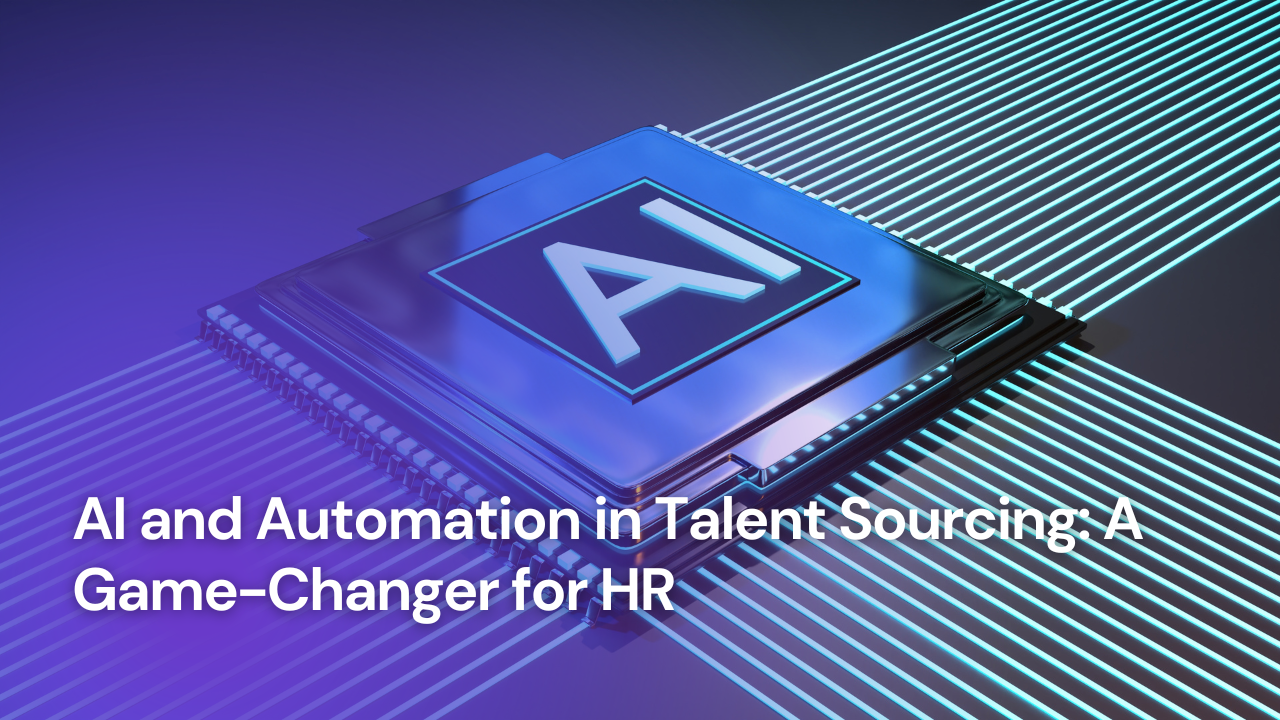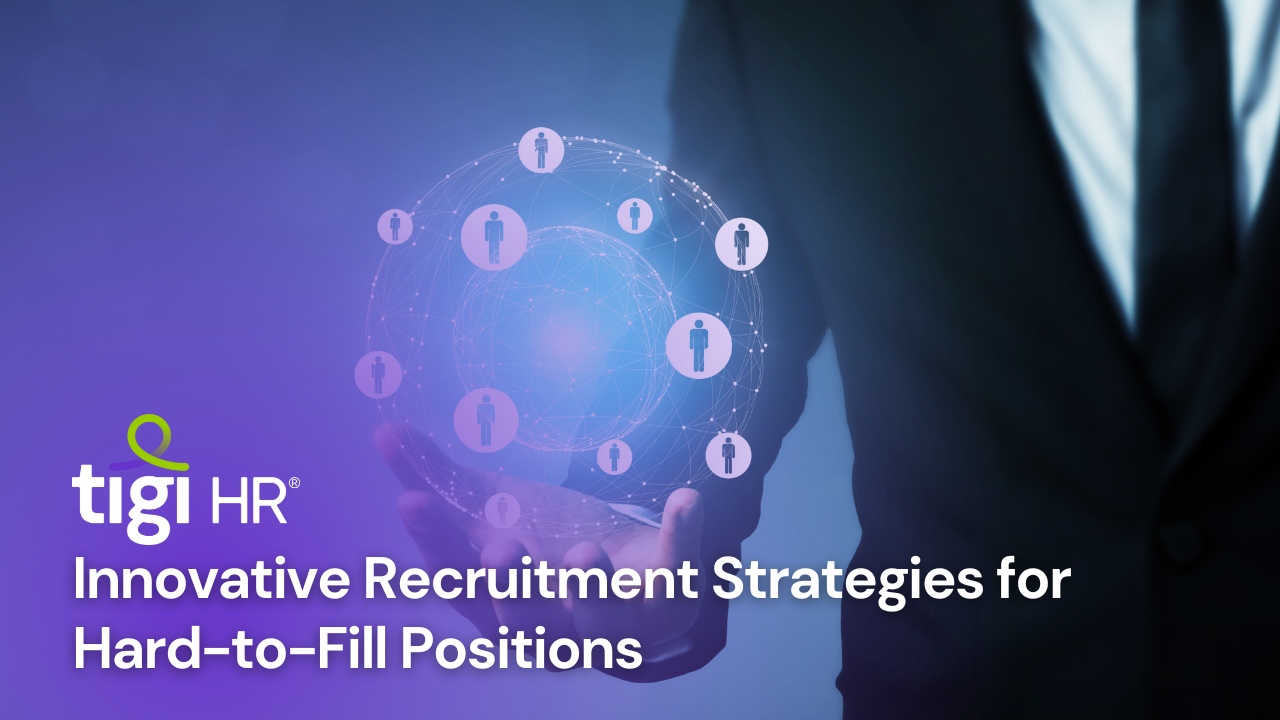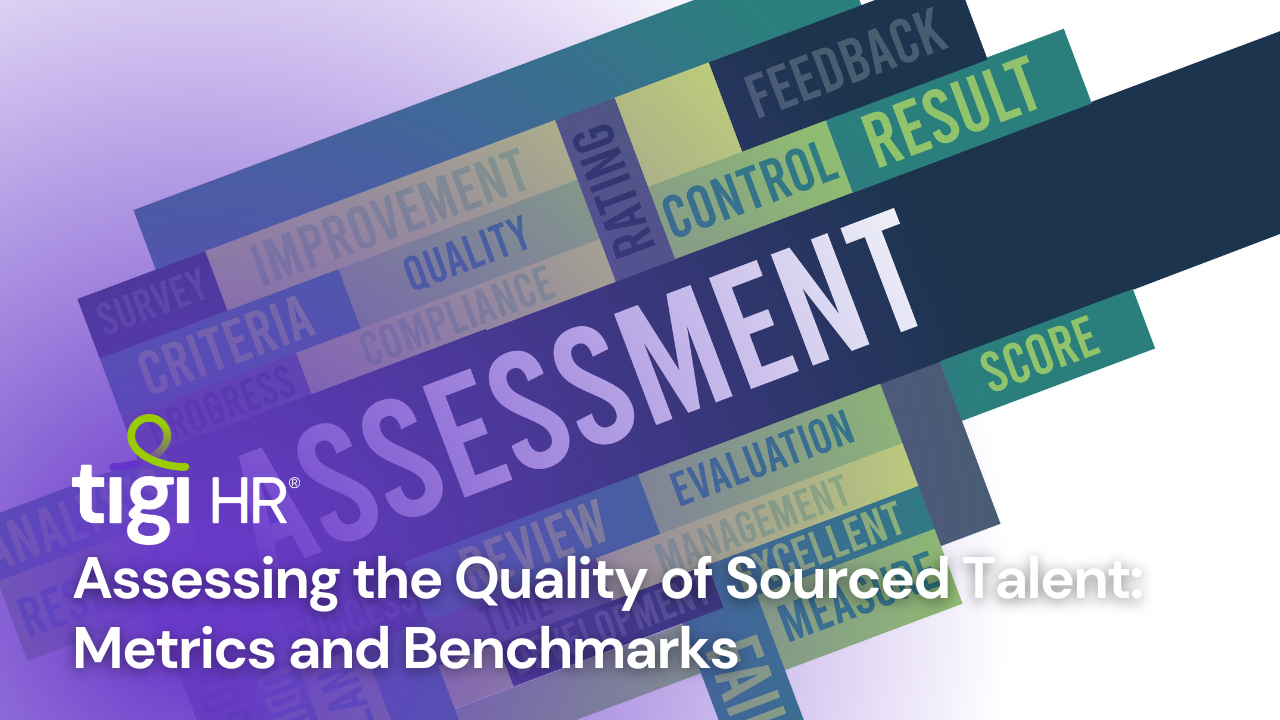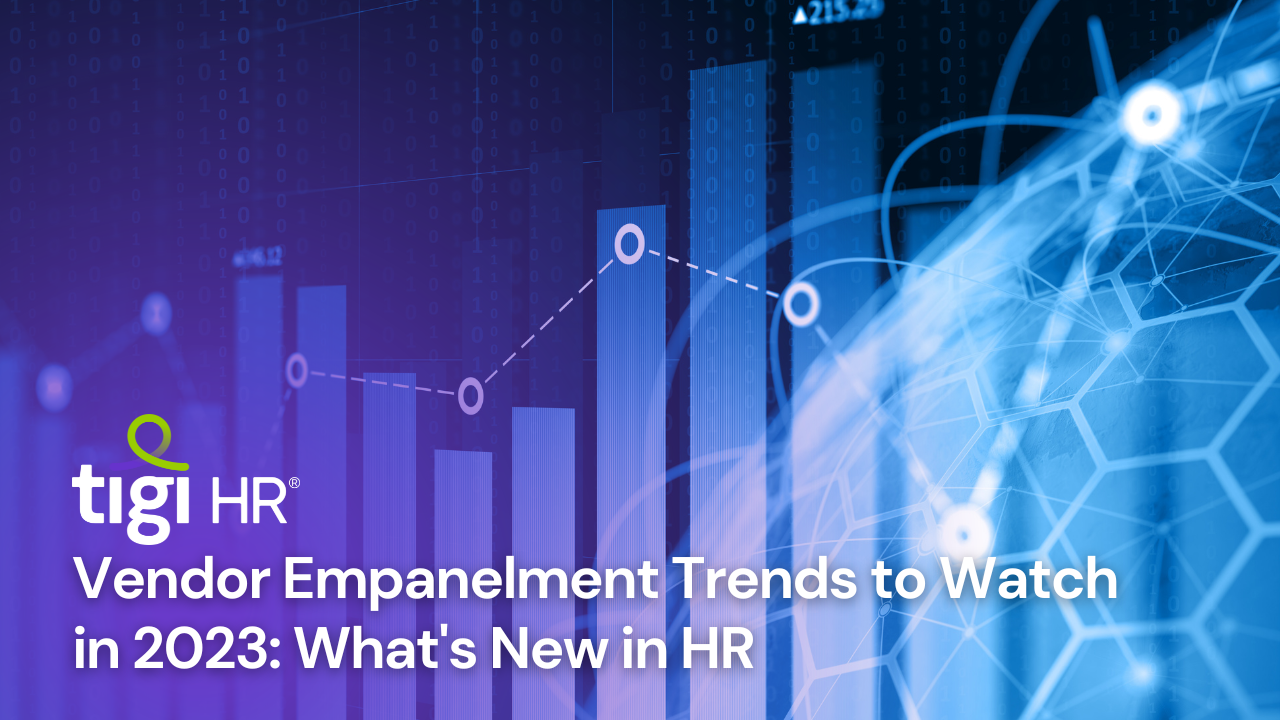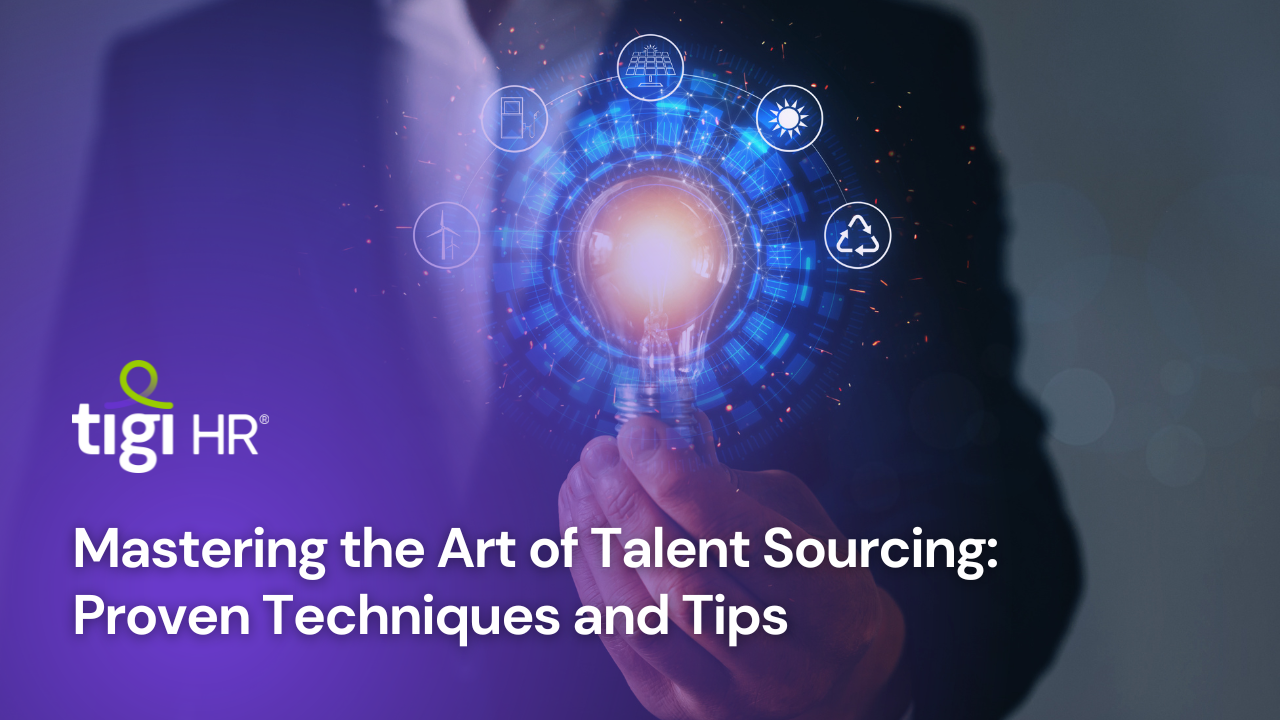In today’s rapidly evolving job market, the traditional approaches to talent sourcing within Human Resources have undergone a dramatic transformation. The integration of Artificial Intelligence (AI) and automation has emerged as a pivotal game-changer in reshaping HR practices, streamlining recruitment processes, and optimizing the identification, attraction, and retention of top talent.
The evolution of talent sourcing, once reliant on time-consuming manual efforts, has been redefined by AI-powered candidate screening and automated outreach strategies. These innovative tools significantly reduce the time taken to fill positions and contribute to a notable decrease in turnover rates, as demonstrated by industry reports and surveys.
Moreover, AI and automation aren’t just benefiting employers; they’re enhancing the experience for candidates as well. Automated communication tools and chatbots are improving engagement and providing a personalized touch, ultimately resulting in increased candidate satisfaction throughout the hiring process.
By harnessing predictive analytics, HR departments can now make data-driven decisions and forecast future hiring needs. Furthermore, the integration of AI has the potential to mitigate bias in the recruitment process, creating a fairer and more inclusive environment.
The future of AI and automation in HR appears promising, with advancements expected in candidate relationship management, skill development analysis, and even virtual reality simulations for candidate assessments. However, alongside these advancements, the challenges of data privacy, ethical AI use, and potential job displacement must be addressed as these technologies become more prevalent in HR.
AI and automation have undoubtedly revolutionized talent sourcing in HR, optimizing processes, enhancing candidate experiences, and enabling data-driven decision-making. The future lies in innovative applications of these technologies, reshaping the HR landscape and redefining the roles of HR professionals as strategic partners within their organizations. To stay ahead and attract top talent, embracing these technological advancements is crucial for creating a more efficient, unbiased, and engaging recruitment process.


